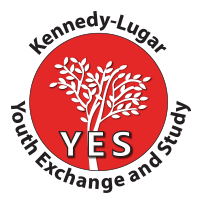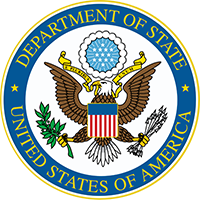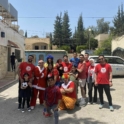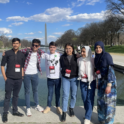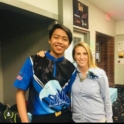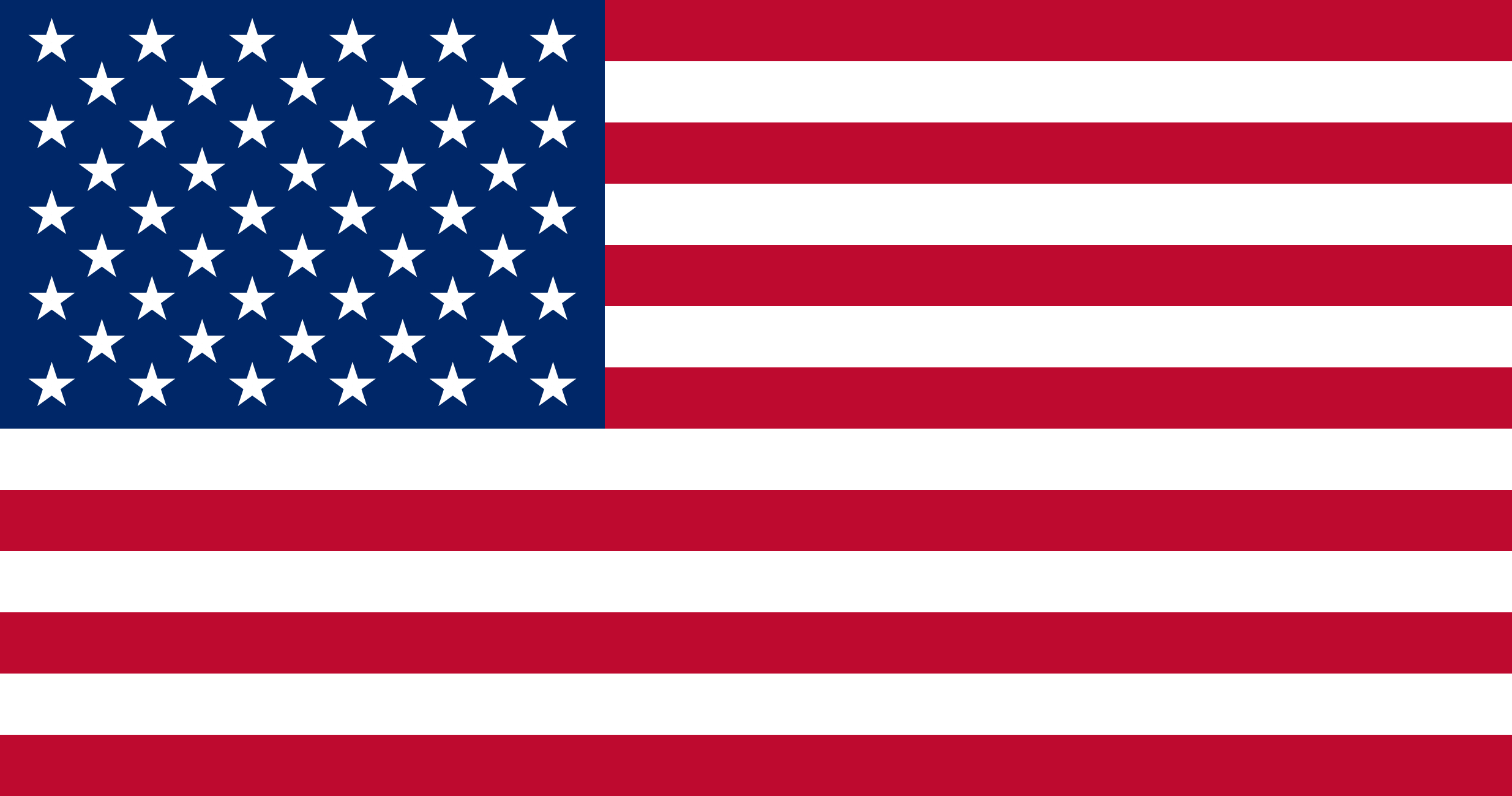West Bank YES alumni organized a GYSD event for orphaned children.
STORIES
What The "American Dream" Is Really About

By Amina Alaoui Soulimani, YES 2013-2014, Morocco
Photo: Amina Alaoui Soulimani gets back to nature.
Coming from Africa, the image we have of the United States is the one we see in movies – big cities, lights everywhere, beautiful cars, blonde women, and etc. But after landing in Harbor Springs, MI in the summer of 2013, I became convinced that America was bigger than I had thought; there were so many other places different from what I had seen on television. I was amazed by the beauty of the environment where I lived, and the simplicity of the people. It was like nothing I had expected. As a matter of fact, I fell in love with nature. Living in the woods was a wonderful experience for someone who came straight from Rabat, the capital of Morocco, where green areas are rarely found. The American culture is definitely different from mine. The “American Dream” wasn’t exactly as what I believed it to be. While living in northern Michigan, I realized that the “American Dream” was all about hard work, punctuality, and organization.
The diversity found throughout the U.S. was so unique. People were different not only physically, but also mentally – everyone had his or her own thoughts and visions. It was amazing to hear many different points of view and opinions. To have access to so many cultures was exciting too, which I found to be a bit similar to Morocco, where the culture of the south was different from that in the north. The main differences from back home that stood out, however, were the value people found in talented people, the education system, and the use communication to deal with conflicts in the classroom. No one repressed anybody else, and if they did, they simultaneously found themselves confronted with bigger problems.
Before I came to the U.S., I heard that Michigan's largest Muslim community was in the city of Dearborn. I was quite pleased about this because I thought I would be able to meet with other Muslims from other countries and share my culture. But up north where Program Academic Exchange (PAX) placed me, there were no mosques, no Islamic centers, and no Arabs. Some people in my school did not even know what Islam was, and only knew of the stereotypes associated with Muslims as a result of 9/l1. I was never afraid to say that I was Muslim, and I was glad to introduce my religion as one that is peaceful and open-minded – a practice that calls for loving all and hating none. My host family was open about me saying my prayers, which I did every day. I even attended Catholic mass in my community and visited churches with different denominations to learn more about Christianity. I must confess that there were some aspects of Christianity I didn’t agree with. But I realized that life would be boring if we were not different. Our diversity is what unites us. The main similarity between Islam and Christianity is the worship and love for God.
The memories I made in the United States were irreplaceable. I made a lot of friends not only at school, but throughout the entire community. My favorite memories are those of my last days, which I spent with my friends in the wilderness looking for Petoskey stones in Lake Michigan. One memory I will never forget is the day my friend and I were invited to a barbecue. Before going, we stopped by her house to pick up her brother, whom she had told to bring a veggie hotdog for me because she knew that I was a vegetarian. I was deeply touched by this act because I had not told her anything and because she did it spontaneously. That is when I realized that I had made real lifelong friends on the other side of the world, and that these friendships were built far from any judgments of my Muslim identity, my skin tone, and even my broken accent.
